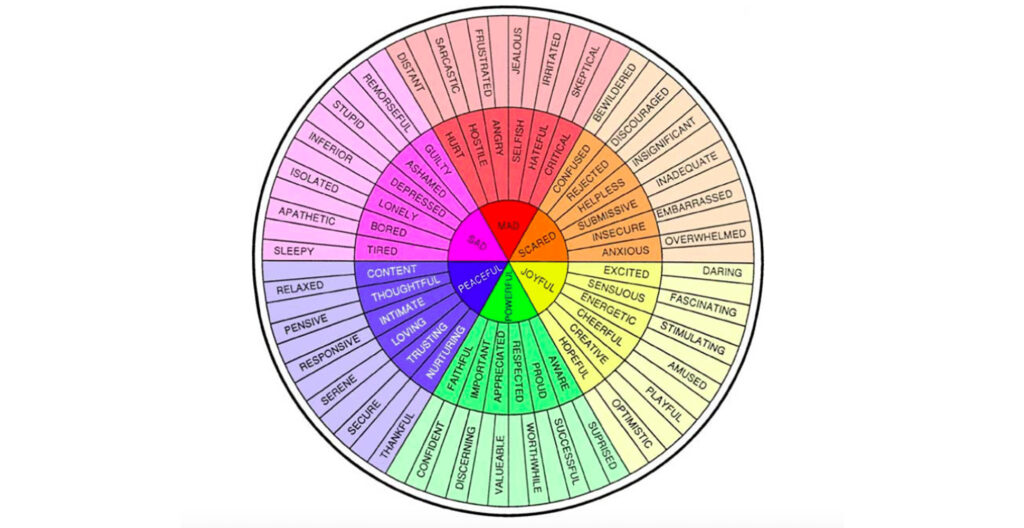The downstairs brain houses the limbic system and brain stem. It’s focused on survival—meeting your most basic needs. The upstairs brain houses the sophisticated cerebral cortex which is responsible for high-order, analytic thinking. Sound decision making, empathy, morality, self-understanding, and emotional regulation all require vertical integration. The downstairs emotions and bodily senses inform the upstairs thinking brain, and, the upstairs thinking brain monitors the reactivity and stability of the downstairs brain.
While the downstairs brain develops primarily in infancy, the upstairs brain continues to be remodeled through our mid-twenties. What this means is: until the upstairs brain is fully developed, our children are unable to regulate their impulses at all times. Without access to the upstairs brain, a sense of being trapped in the overwhelming emotions of downstairs brain leads the amygdala to hijack the upstairs brain, sounding all alarms: “DANGER. STOP. SEEK SAFETY.” The person then either fights (engages with conflict), flies (avoids or runs away), or freezes (gets stuck).
During a child’s development, healthy attachment figures are their external emotion regulators.
You may be thinking “I know a handful of adults who have little control over their impulses too. Is it possible their upstairs brain isn’t developed?” Kay and Milan Yerkovich’s work focuses on how our childhood emotional experiences affect our adult capabilities. Meta-emotions, or how you feel about feelings, most often reflects the unspoken rules and habits of childhood homes. For children who grow up with emotionally dismissive parents, being aware and engaging with ones’ emotions may seem weak and a waste of time. Whereas, a child with emotion coaching parents is able to recognize and express their emotions. Stop for a moment and reflect on your own experience as a child. How do you respond to your child when they’re expressing a negative emotion?
If this sounds like you, you’re not alone. There are many tools included in this article that can support your journey through reflecting on rules you learned about emotions growing up, and, to increase your emotional intelligence. A therapist can also help guide you through your journey.
“So often children are punished for being human. Children are not allowed to have grumpy moods, bad days, disrespectful tones, or bad attitudes. Yet, us adults have them all the time. None of us are perfect. We must stop holding our children to a higher standard of perfection than we can attain ourselves.” || Rebecca Eanes, “The Newbie’s Guide to Positive Parenting”
Janet Lansbury, a Resources for Infant Educarers Associate and a certified Parent/Infant Guidance Class instructor, speaks of a child’s need for control or power. Dr. Karyn Purvis, creator of Trust-Based Relational Intervention, formats therapy in three categories: empower, connect, correct. Both Lansbury and Purvis recognize a child’s need to know they are safe. When the world around them seems out of control, they need reminding that their parent is their gentle leader.
Whining, yelling, and tantrums can push parents into a sense of loss of control, as well, which gets tricky. By reflecting on what will help the child feel safe, and, by being at their level—using a gentle voice, being eye to eye, using their language—the parent is able to guide their child back into felt-safety. Emotion coaching, as trademarked by John Gottman, is about empathizing with the emotion behind the behavior. By exploring the why behind the child’s tantrum, a parent is able to understand, connect, and teach their child. The understanding must precede advice, problem solving, and action.
In describing emotion coaching there was a common word from most parenting advice books missing. Discipline. Discipline often produces obedience, leaving behind compassion, values, and connection. Rather than rushing to punishment to teach the lesson, the emotion coaching parent focuses on connecting with their child by understanding their emotions and needs in order to work together towards practicing healthy alternatives.

Using Dr. Daniel Siegel’s SIFT, practice and teach SIFTing through the present and associated sensations (how their body reacted), images (whether from the past or their imagination), feelings (emotions), and thoughts (how they view themselves and the world, as well as, the words they’re using to narrate their experience).
I want to pause on this word empathy. Empathy is feeling with someone, while sympathy is feeling for someone. For example, someone who offers sympathy may say “I’m sorry” and go about their day, while, someone who offers empathy will hang close and walk through your experience with you with open ears and an open heart. Here is a great short clip of Brene Brown explaining the difference through a cartoon which can be shared with kids, adolescents, and adults alike.After empathizing with the child’s emotions behind their behavior, it is time to set limits and problem-solve. Remember, kids are creative and have the ability to make independent decisions. In the problem-solving phase, be their teammate in brainstorming and selecting a healthy alternative.Four things to avoid (Gottman’s Four Horsemen):
- Criticism – blaming, pointing out something negative
- Defensiveness – a response which protects a person from feeling blamed or attacked
- Contempt – sarcasm, mockery, name-calling (Suggests “I’m superior to you”)
- Stonewalling – shutting down, withdrawn and silent (Suggests “I’m overstimulated”)
Nobody is perfect, there is grace. The goal is to act and speak as you hope your child will act and speak. And when you mess-up, use your mistake as an honest teaching moment. Your apology models responsibility-taking, awareness of right from wrong, and willingness to admit your mistakes. It also provides your child with an opportunity to forgive and reconcile.
Inspired by John Gottman’s Emotion Coaching: The Heart of Parenting, Daniel Siegel and Tina Payne Bryson’s The Whole-Brain Child, Janet Lansbury’s “How to be the Gentle Leader Your Child Needs”








